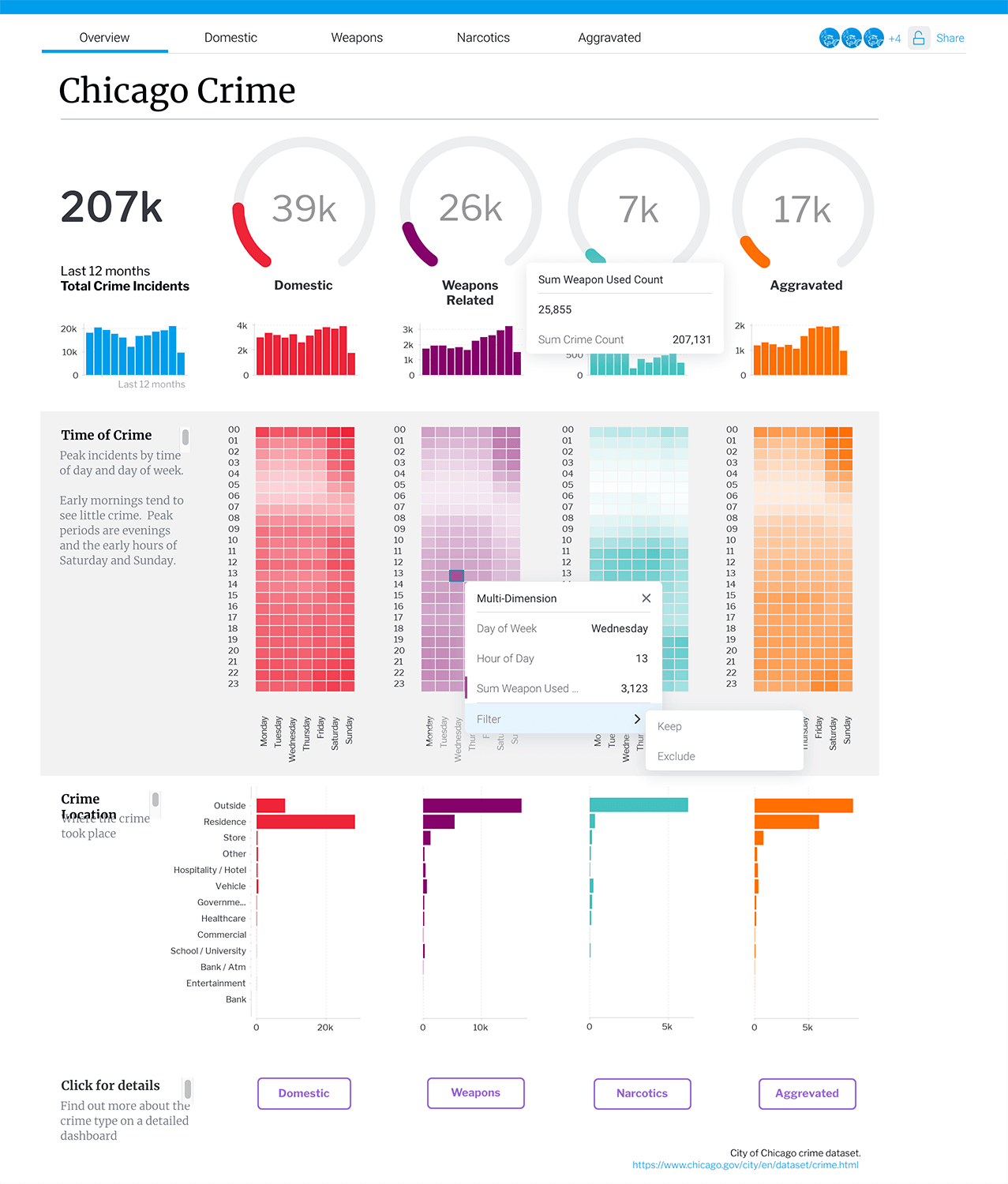
Business Intelligence Software for Faster Decision-Making
In today’s fast-paced business environment, making informed decisions quickly is crucial for organizations to stay ahead of the competition. The sheer volume of data generated by businesses can be overwhelming, making it difficult for decision-makers to extract valuable insights and make timely decisions. This is where business intelligence (BI) software comes into play. BI software is designed to help organizations analyze and visualize their data, enabling them to make faster and more informed decisions.
What is Business Intelligence Software?
Business intelligence software is a set of tools and technologies that enable organizations to gather, analyze, and visualize data from various sources. The primary goal of BI software is to provide insights and trends that can inform business decisions. BI software typically includes features such as data mining, data visualization, reporting, and predictive analytics.
Benefits of Business Intelligence Software
The use of BI software offers numerous benefits to organizations, including:
- Improved Decision-Making: BI software provides decision-makers with accurate and timely data, enabling them to make informed decisions.
- Increased Efficiency: BI software automates many manual tasks, such as data analysis and reporting, freeing up staff to focus on higher-value tasks.
- Enhanced Visibility: BI software provides a single, unified view of organizational data, enabling decision-makers to see the bigger picture.
- Faster Decision-Making: BI software enables organizations to analyze large datasets quickly, reducing the time it takes to make decisions.
- Better Risk Management: BI software helps organizations identify potential risks and opportunities, enabling them to take proactive measures to mitigate or capitalize on them.
Key Features of Business Intelligence Software
When selecting a BI software, there are several key features to consider, including:
- Data Integration: The ability to integrate data from various sources, such as databases, spreadsheets, and cloud applications.
- Data Visualization: The ability to visualize data in a variety of formats, such as charts, tables, and maps.
- Reporting: The ability to generate reports quickly and easily, with minimal manual effort.
- Predictive Analytics: The ability to use statistical models and machine learning algorithms to predict future trends and outcomes.
- Collaboration: The ability for multiple users to collaborate and share insights and findings.
Types of Business Intelligence Software
There are several types of BI software available, including:
- Self-Service BI: Designed for business users, self-service BI software enables users to create their own reports and visualizations without requiring IT support.
- Corporate BI: Designed for large organizations, corporate BI software provides a centralized platform for BI and analytics.
- Cloud BI: Hosted in the cloud, cloud BI software provides a scalable and flexible platform for BI and analytics.
- Mobile BI: Designed for mobile devices, mobile BI software enables users to access BI and analytics on-the-go.
Best Practices for Implementing Business Intelligence Software
When implementing BI software, there are several best practices to keep in mind, including:
- Start Small: Begin with a small pilot project to test the software and refine your approach.
- Define Clear Goals: Establish clear goals and objectives for the BI initiative.
- Involve Stakeholders: Engage with stakeholders across the organization to ensure that their needs are met.
- Provide Training: Provide comprehensive training to users to ensure that they can get the most out of the software.
- Monitor and Evaluate: Continuously monitor and evaluate the effectiveness of the BI software and make adjustments as needed.
Common Challenges of Business Intelligence Software
When implementing BI software, organizations may encounter several challenges, including:
- Data Quality: Poor data quality can hinder the effectiveness of BI software.
- User Adoption: Encouraging users to adopt the software can be a challenge.
- Integration: Integrating BI software with existing systems and data sources can be complex.
- Cost: BI software can be expensive, especially for large organizations.
- Security: Ensuring the security and integrity of sensitive data is critical.
Future of Business Intelligence Software
The future of BI software is exciting and rapidly evolving. Some of the trends that are shaping the future of BI software include:
- Artificial Intelligence: AI and machine learning are being integrated into BI software to provide more advanced analytics and insights.
- Cloud and Mobile: Cloud and mobile technologies are enabling greater flexibility and accessibility for BI software.
- Big Data: The ability to handle large datasets and provide insights from unstructured data is becoming increasingly important.
- Internet of Things (IoT): The growth of IoT devices is generating vast amounts of data that can be leveraged by BI software.
- Real-Time Analytics: The ability to provide real-time analytics and insights is becoming increasingly important for organizations.
Conclusion
Business intelligence software is a powerful tool for organizations looking to make faster and more informed decisions. By providing a unified view of organizational data, BI software enables decision-makers to identify trends, opportunities, and risks. With the right BI software, organizations can improve decision-making, increase efficiency, and enhance visibility. As the business intelligence landscape continues to evolve, it is essential for organizations to stay up-to-date with the latest trends and technologies to remain competitive. By following best practices and overcoming common challenges, organizations can unlock the full potential of BI software and drive business success.
Closure
Thus, we hope this article has provided valuable insights into Business Intelligence Software for Faster Decision-Making. We appreciate your attention to our article. See you in our next article!


